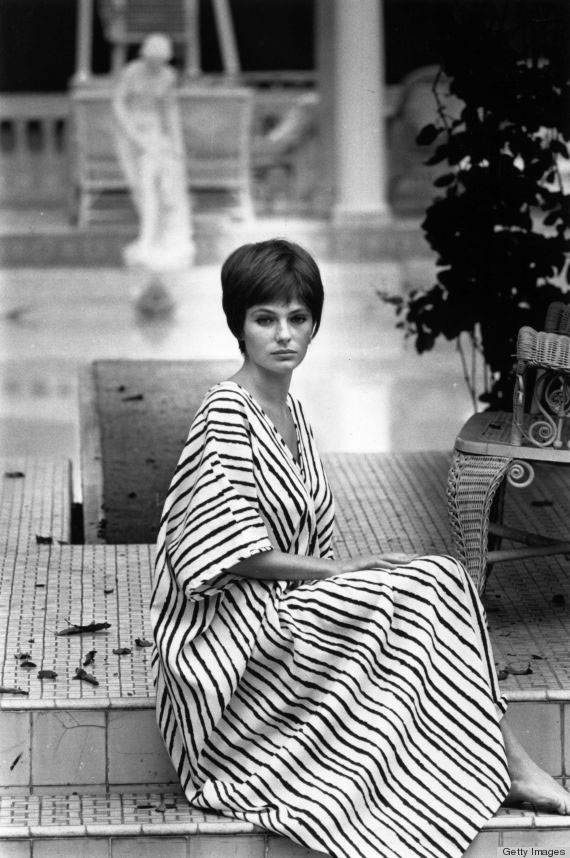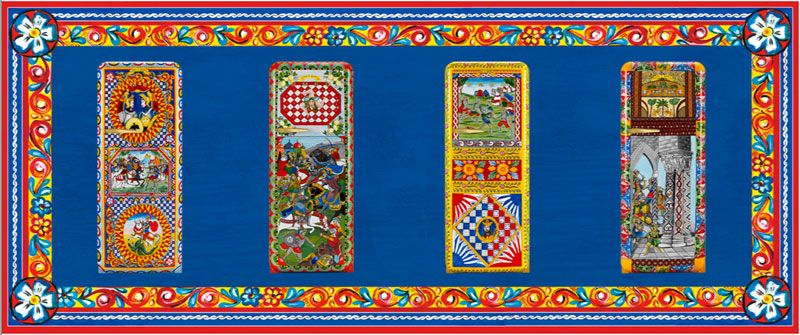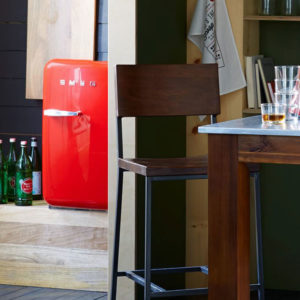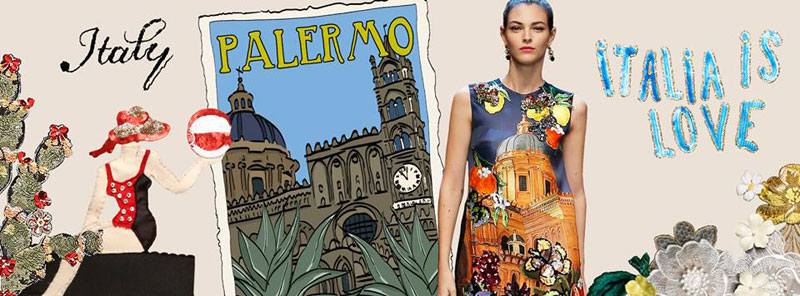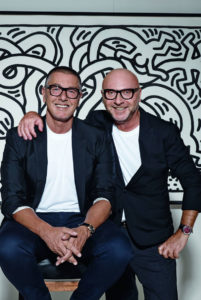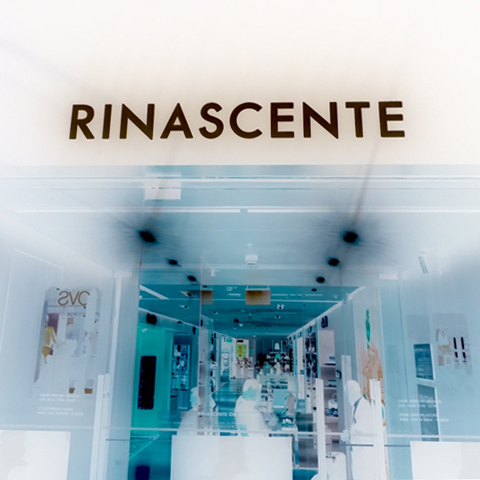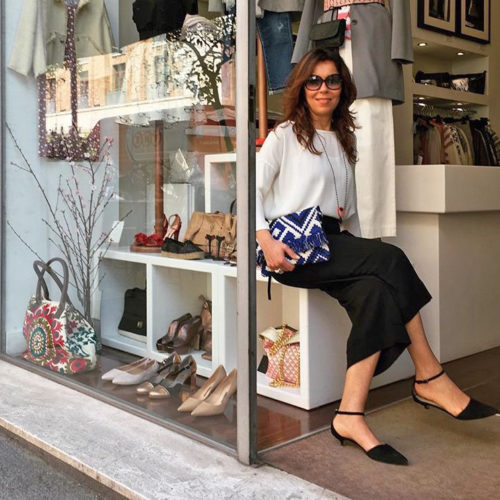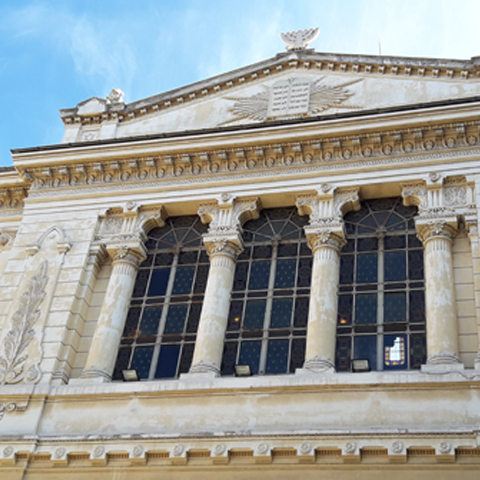Designers Domenico Dolce and Stefano Gabbana (D&G) have access to the masses in a very special way. Millions of people look to their iconic fashion house for clues about new style trends. But this year, their release of two daring creations just might be setting trends beyond the runway.
Fashionable Islam
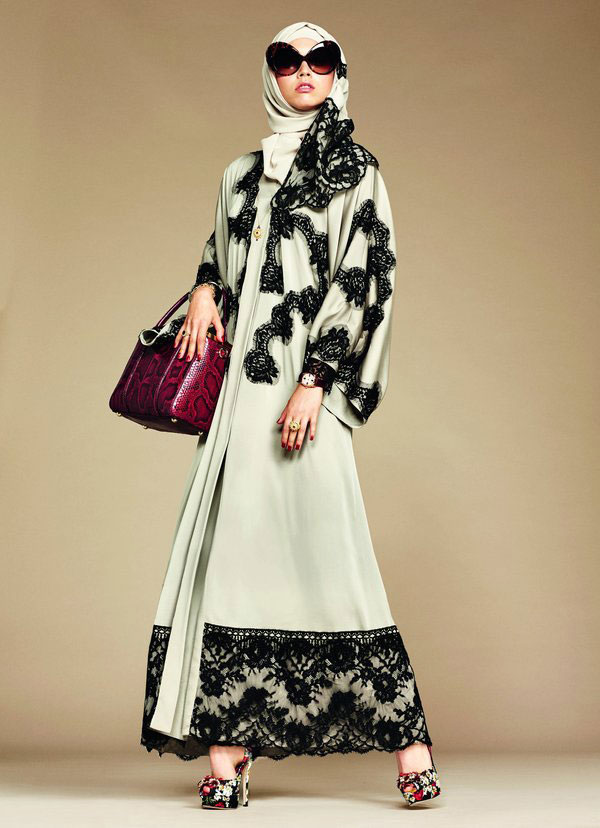 D&G are known for taking risks. More than once, their fashion decisions have rocked the boat and brought criticism from political-correctness adherents. This January marked the release of D&G’s first line of hijabs and abayas specifically aimed at the Middle Eastern market. The critics are surprising no one with their knee-jerk accusations. While D&G endures such conflicting accusations as the support of an oppressive culture and cultural appropriation, others are praising D&G’s decision. Hassanah El-Yacoubi, fashion blogger and Ph.D. student in religious studies, told Cosmopolitan, “The fact that they are catering to Muslim women and released [the line] during a time where anti-Muslim sentiment pervades most public discourses, had me sold in more ways than one.”
D&G are known for taking risks. More than once, their fashion decisions have rocked the boat and brought criticism from political-correctness adherents. This January marked the release of D&G’s first line of hijabs and abayas specifically aimed at the Middle Eastern market. The critics are surprising no one with their knee-jerk accusations. While D&G endures such conflicting accusations as the support of an oppressive culture and cultural appropriation, others are praising D&G’s decision. Hassanah El-Yacoubi, fashion blogger and Ph.D. student in religious studies, told Cosmopolitan, “The fact that they are catering to Muslim women and released [the line] during a time where anti-Muslim sentiment pervades most public discourses, had me sold in more ways than one.”
In a related op-ed piece for Hunffington Post, El-Yacoubit said, “By releasing a line that aims to serve Muslim women during a time when many businesses are afraid to publicly affiliate with Muslims due to raging Islamophobic sentiments, D&G is inadvertently aligning itself against the prejudices that plague the general public, whether they are aware of it or not. It is an audacious move for the brand, and as a result their efforts should be lauded.”
Some critics have questioned why a light skinned model was used in the photos released this January to Arabia.com. Others have decried the fact that some of the hijabs, especially the ones made of translucent fabric, are such deviations from the original garment that Muslim women could not wear them.
I wonder if the critics have considered the possibility that while the line is clearly focused on Muslim women of the middle east, the creative and business-savvy minds of Domenico and Stefano might have an interest in expanding the hijab style outward to non-middle eastern and maybe even non-Muslim shoppers. This is not as far fetched as you may think. In the past couple years, The Huffington Post Style Edition has made the case for the return of the two garments seen in western culture that are most similar to the hijab, the MuuMuu and the Kaftan. D&G’s hijabs remind me of something you might see a young Liz Taylor wearing. 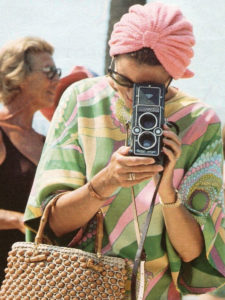 They are absolutely gorgeous, the height of beauty and elegance. I would love to see this style enter western culture.
They are absolutely gorgeous, the height of beauty and elegance. I would love to see this style enter western culture.
“It was refreshing to see Caucasian models wearing Middle Eastern garb, as I couldn’t help but see myself in them.” – Hassanah El-Yacoubi to Huffington Post
Artisanal Appliances Help Culture and the Planet
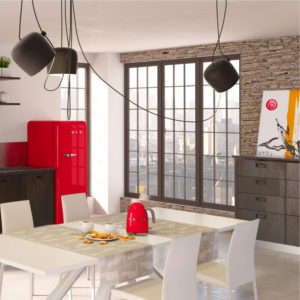 Italian refrigerator manufacturer Smeg has participated in some interesting collaborations before, such as Mini Cooper and Swarovski, but this is first time Smeg has worked with the Sicilian fashion house. This month at the Salone Internazionale del Mobile, the two companies released their brainchild, a limited edition series of hand-painted refrigerators whose bright colors and classic motifs reflect the culture and history of Sicily. The series is something to behold. How much, you ask? If you have to ask, you can’t afford it. Let’s just say this year you could buy a new car or a D&G / Smeg fridge. No doubt this product will be the target of knee-jerk criticisms citing decadence, but let’s examine a different angle.
Italian refrigerator manufacturer Smeg has participated in some interesting collaborations before, such as Mini Cooper and Swarovski, but this is first time Smeg has worked with the Sicilian fashion house. This month at the Salone Internazionale del Mobile, the two companies released their brainchild, a limited edition series of hand-painted refrigerators whose bright colors and classic motifs reflect the culture and history of Sicily. The series is something to behold. How much, you ask? If you have to ask, you can’t afford it. Let’s just say this year you could buy a new car or a D&G / Smeg fridge. No doubt this product will be the target of knee-jerk criticisms citing decadence, but let’s examine a different angle.

When billions are spent worldwide on consumer products that clearly do not add to our culture, how can you not support a project that brings more money to truly talented artists? In an initiative that matches what Hermes does with their famous Carré, D&G’s limited edition fridge line brings work to independent artists operating out of Sicily, such as the mother daughter duo Adriana Zambonelli and Tiziana Nicosia or brothers Antonio and Giuseppe Bevilacqua.
Beyond this obvious benefit I see another, more subtle effect that I would love to see take root. By turning a mundane object into a rare artifact, the Dolce and Gabbana / Smeg refrigerator expresses the idea that everything should be precious, not just paintings and sculptures. While the industrial revolution and the invention of the assembly line did amazing things for the affordability of goods, it was the death knell for artistry. An injection molded Ikea salad bowl can look stylish, but it’s one of millions, all exactly the same.
Modern society has become accustomed to the western idea of planned obsolescence. The trend of building things that are not meant to last has created a culture of half measures, where the full spectrum of ingenuity is not applied to a product’s development because the company is already thinking about the product that will replace it.
I’ll venture to say that the exact opposite of this phenomenon is why you love Rome so much. What if the Pantheon or St Peter’s were not built with the idea of them lasting forever? Rome would be a city full of 1980’s architecture. Horrifying thought. Take a walk through the streets and virtually every moment is an opportunity to discover something. Everything is made of stone, one of the most challenging materials to work with. Every nook and cranny of this city has some special symbolism or wonderful artistic embellishment. This phenomenon is what brings people to Rome from far and wide and why no tourists will ever go to my hometown in suburban Illinois, where virtually every building looks exactly the same and the big attraction is the mall.
Sure, planned obsolescence leads to faster innovation cycles, but it also creates a world devoid of depth. We live in a time when McDonald’s thrives because it is allowed to undercut the food market by using cheap and arguably toxic ingredients. Yet again, Italy does a little better in this regard. When McDonald’s moved in near Piazza di Spagna, fashion mogul Valentino filed a suit to have the store removed, claiming that the horrible smells and noise were causing him to lose his inspirational muse. He lost, of course, but I applauded his audacity.
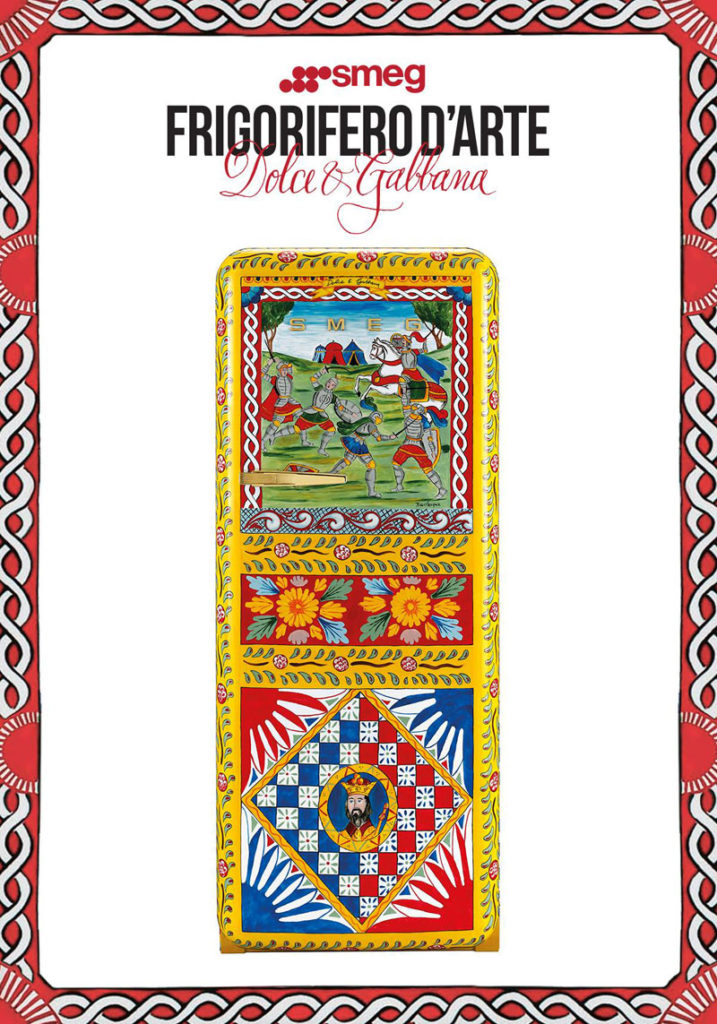 If we keep on this path, what will antique shoppers have to look forward to? In 25 years, who will care about plastic dishes, a disintegrating particleboard coffee table, and a rickety dresser machine-made of composite wood? And then of course, there’s the effect a move away from throwaway culture would have on the planet. If car companies and appliance makers decided to build products designed to last forever, we’d have a lot less junk filling up landfills and clogging our waterways. As long as Smeg has done their part to make the actual machinery long-lasting, I can imagine the D&G refrigerators being passed down from generation to generation.
If we keep on this path, what will antique shoppers have to look forward to? In 25 years, who will care about plastic dishes, a disintegrating particleboard coffee table, and a rickety dresser machine-made of composite wood? And then of course, there’s the effect a move away from throwaway culture would have on the planet. If car companies and appliance makers decided to build products designed to last forever, we’d have a lot less junk filling up landfills and clogging our waterways. As long as Smeg has done their part to make the actual machinery long-lasting, I can imagine the D&G refrigerators being passed down from generation to generation.
In a time when social media has given the masses more power over the previously untouchable corporations, the current trend is toward companies that are conscientious and participatory in the global discussion. I would love to see more business following D&G’s example of positive risk-taking and trend setting that cascades outward beyond the limits of their particular industry.
Dolce & Gabanna has two Rome locations. The men’s boutique is on Piazza Di Spagna, #94. The women’s boutique is just around the corner on Via dei Condotti, 52. While the Hijab and the Fridge are not yet available in the Rome locations, I’ll be keeping an eye out for them.
Dolce & Gabbana
Men’s boutique: Piazza Di Spagna, #94
Women’s boutique: Via dei Condotti, 52
https://www.facebook.com/DolceGabbana/photos
http://www.dolcegabbana.com/



